The 15th century castle is located in the town of Arignano, near Turin, and is on the market for €600,000 in its current state or €1.2 million if purchased fulled restored.
That's less than half the cost of a four-bedroom terrace in Brixton, London.
“Although structurally sound, the building is in need of restoration,” states the property listing.
Whoever buys the castle will get 700m2 of living space, spread over three floors, each with seven-metre-high ceilings.
The property also boasts a rooftop terrace, a cellar, a medieval courtyard, defensive perimeter walls and a large garden.
At the centre of the property is a “massive, dominating and suggestive” 23-metre high turret which towers over the medieval town of Arignano below.
There is also a generous slice of intrigue for potential buyers.
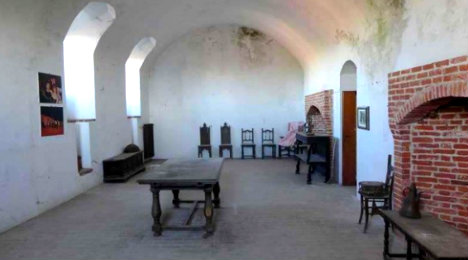
Photo: Immobiliare.it
“Unchanged since the times of warring knights, dances and banquets, legend has it the building also contains a ghost and hidden treasure,” the advert states.
Numerous witnesses claim to have seen a mysterious ghostly figure floating around the ancient castle and its gardens, while the hidden treasure is thought to lie in secret tunnels underneath the structure.
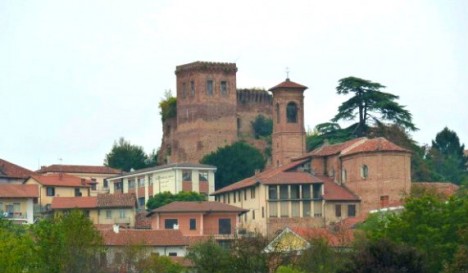
Photo: Immobiliare.it
Beneath the cellar, a 20km tunnel is rumoured to lead directly to the alchemists' caves underneath the Royal Palace of Turin.
The tunnel was supposedly used by the royal alchemists of the Turin court, who spent much of the 1700s attempting to discover the philosopher's stone. However, until now the tunnel's entrance has never been located.

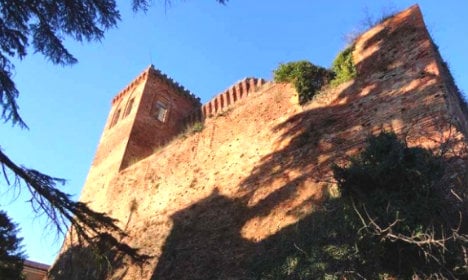
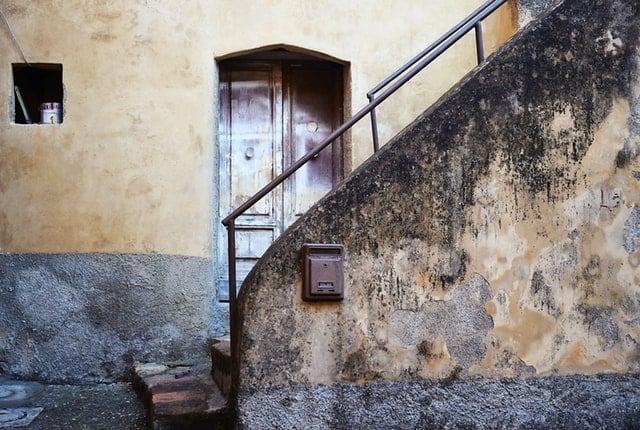
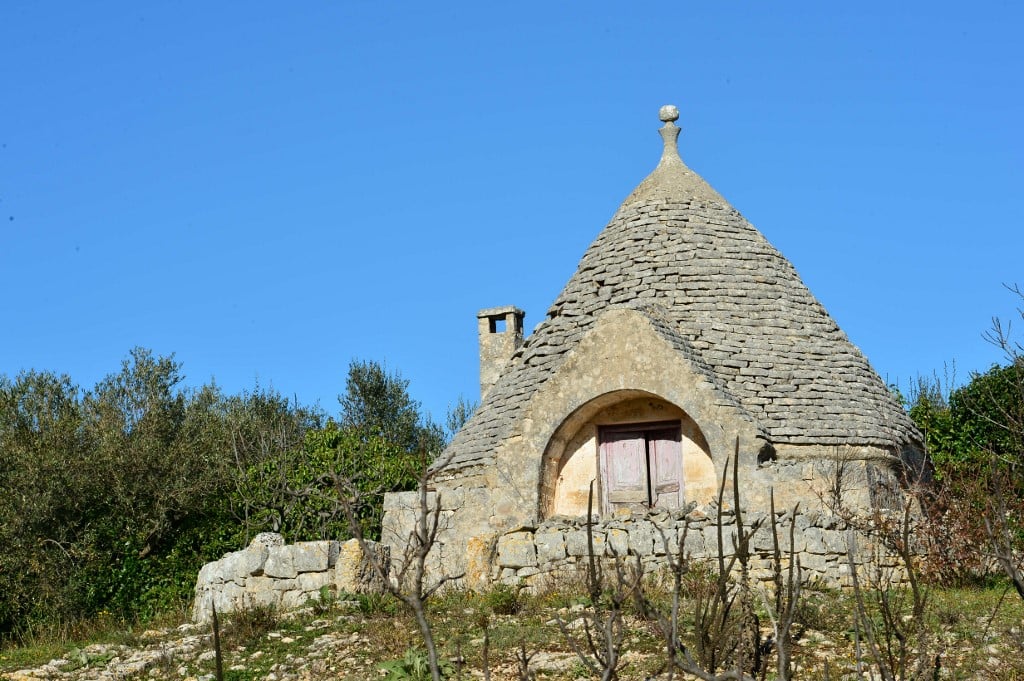
 Please whitelist us to continue reading.
Please whitelist us to continue reading.
Member comments